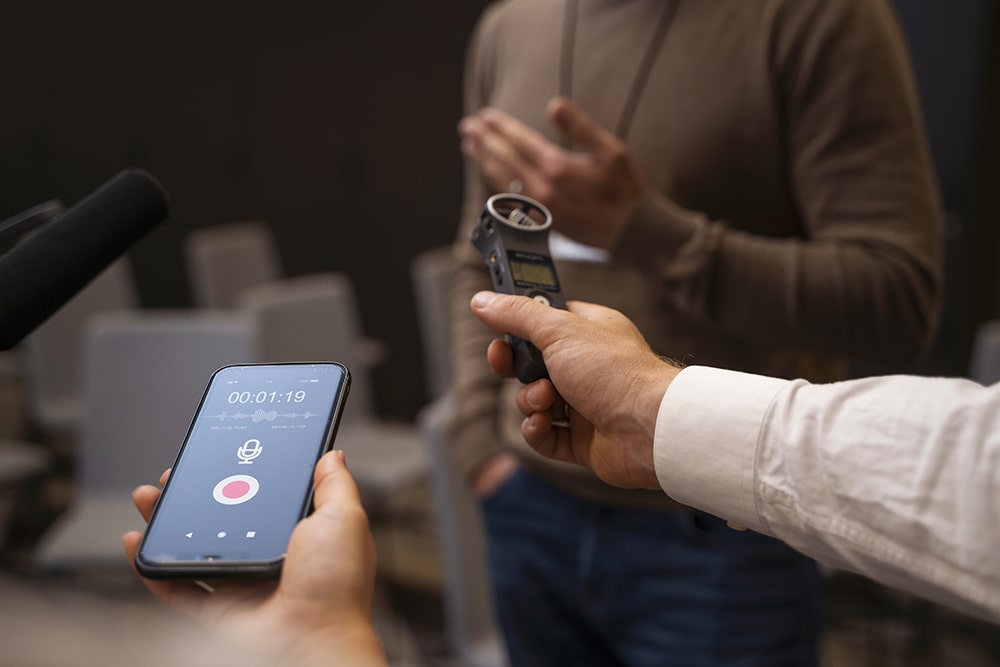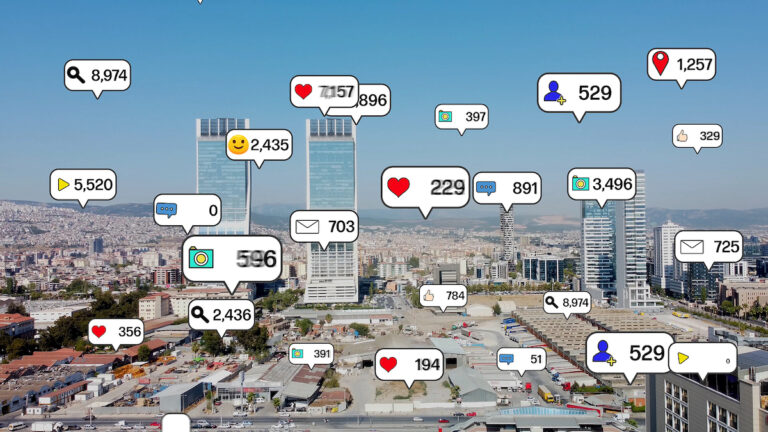What Is MultiModal Search and Why Should Local Businesses Care?
Most business owners assume their customers find them the same way they always have—by typing a few words into Google. But that’s no longer true. Today’s consumers are searching in ways that would have seemed futuristic just a few years ago. If you’re only optimizing for traditional search, you’re already falling behind.
MultiModal Search refers to the use of multiple types of search inputs—text, voice, images, video, and AI-driven recommendations—to find information online. Instead of just typing a query into Google, consumers now rely on Google Lens, voice assistants like Siri and Alexa, TikTok search, and even AI-powered responses from tools like ChatGPT and Google’s Search Generative Experience (SGE).
Think about it:
- A homeowner with a leaking pipe might ask Alexa for the nearest emergency plumber instead of typing a search query.
- A traveler looking for a great restaurant might snap a photo of a dish and use Google Lens to find places nearby that serve it.
- A first-time homebuyer might search YouTube or TikTok for “best real estate agents near me” instead of reading online directories.
This shift means businesses can no longer afford to focus only on keyword rankings—they need to ensure they’re discoverable across all these different search methods.
The Key MultiModal Search Inputs You Need to Optimize For
- Text-Based Search – Still relevant, but search engines now prioritize more conversational and intent-driven content.
- Voice Search – AI assistants favor businesses that provide direct, clear answers to common customer questions.
- Image Search – Google Lens and Pinterest Lens allow users to search for businesses and products visually.
- Video Search – Short-form video platforms like YouTube and TikTok are increasingly being used as search engines.
- AI-Powered Search – Google’s Search Generative Experience (SGE) pulls business details into AI-generated results.
Each of these search types plays a different role in how consumers discover local businesses. The businesses that show up across multiple search methods—not just Google’s standard search results—are the ones getting the most visibility.
How MultiModal Search Is Reshaping Consumer Behavior

Voice Search: The Rise of Conversational Queries
More than 50% of adults use voice search daily, and that number is growing. The way people speak to their devices is different from how they type queries into Google. Instead of searching for “best pizza near me,” they might ask, “Where can I find the best New York-style pizza in downtown Chicago?”
What does this mean for local businesses? You need to start optimizing for natural, conversational phrases. This includes adding an FAQ section to your website with commonly asked questions written in the way people actually speak.
Another critical factor is Google Business Profile optimization—since voice search assistants often pull results directly from GBP. Ensuring your listing has accurate business details, service areas, and updated categories will improve your chances of appearing in voice search results.
Image Search: Why Visual SEO Matters More Than Ever
Google Lens is now processing billions of searches per month, with users searching for businesses and products by snapping photos instead of typing text queries.
For example, let’s say a customer sees a unique haircut style in a magazine. Instead of searching for “barbers that do modern fades,” they simply take a picture and let Google Lens find salons near them that offer similar styles.
To make sure your business is searchable through images, focus on:
- Optimizing your website’s images – Use descriptive alt text, file names, and geotags.
- Uploading high-quality images to GBP – Google often pulls these into search results.
- Encouraging customers to upload photos – User-generated content helps signal relevance to Google.
If your business has a physical storefront, your signage and branding should also be image-search-friendly. Google Lens can recognize text in images, meaning a well-placed sign with your business name and services could help customers find you in search results.
Video Search: TikTok & YouTube Are Becoming the New Google
More and more consumers—especially younger audiences—are skipping Google altogether and going straight to TikTok or YouTube to search for recommendations. In fact, nearly 40% of Gen Z users prefer TikTok over Google for discovering local businesses.
This means local businesses need to start thinking about video content as a search strategy, not just a branding tool. Short, engaging videos can help position your business as the go-to choice in your area.
Here’s how to make it work:
- Create short, informative videos answering common customer questions.
- Post local content showcasing your team, services, or customer experiences.
- Use local hashtags and geo-tags so people in your area can find your content.
Even if you’re not an influencer, having a simple video presence on platforms like YouTube, TikTok, and Instagram Reels can put your business in front of a whole new audience.
AI-Powered Search: Google’s SGE and the Future of Local Visibility
Google’s Search Generative Experience (SGE) is reshaping search by integrating AI-generated summaries into results. Instead of users clicking on multiple links, Google’s AI now provides direct answers based on the most relevant content.
For local businesses, this means your content needs to be structured for AI-readability. Use:
- Clear, well-structured content (short paragraphs, easy-to-read formatting)
- Direct answers to common customer questions
- Google Business Profile updates (since AI pulls from GBP data frequently)
This AI-driven shift means SEO is no longer just about keywords—it’s about providing clear, valuable answers that search engines can easily process.
How to Future-Proof Your Business for MultiModal Search
To stay competitive, local businesses should:
- Optimize for voice search by adding conversational FAQs to their website.
- Ensure all images on their website and GBP are searchable with alt text and geotags.
- Start creating short-form video content to appear in TikTok and YouTube searches.
- Update GBP with complete details, images, and service descriptions to improve visibility.
- Structure content for AI-powered search engines so Google’s AI can pull accurate details.
The businesses that embrace MultiModal Search now will be the ones dominating local search results in 2025 and beyond.
The way customers search for businesses is changing fast. Those that stick to traditional SEO and ignore voice, image, video, and AI-powered search will fall behind. But for businesses that adapt early, MultiModal Search presents a massive opportunity to get ahead of competitors and attract more customers than ever before.
Now is the time to optimize. The question is—will your business be ready?







